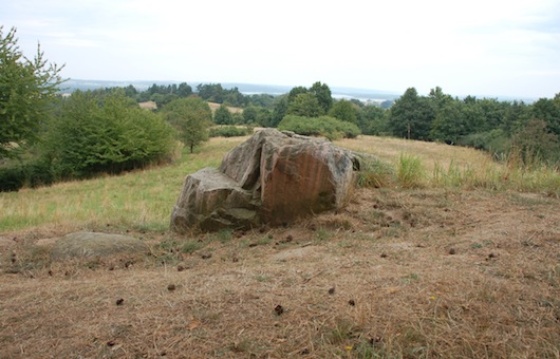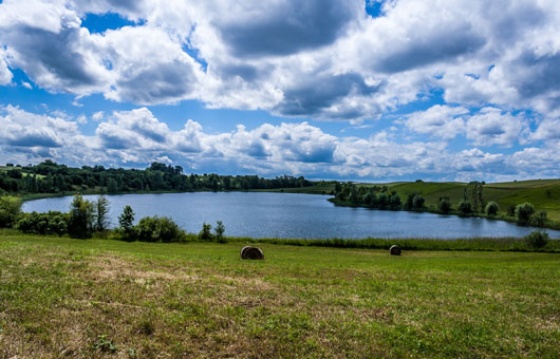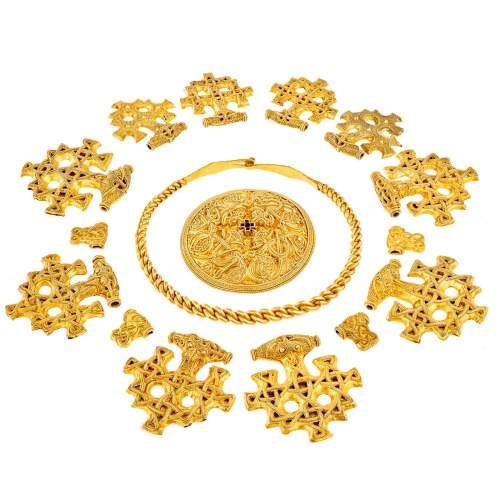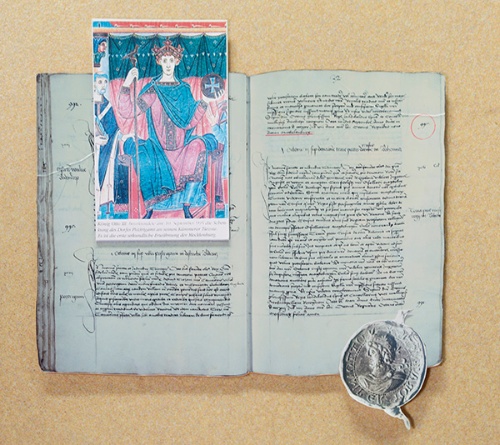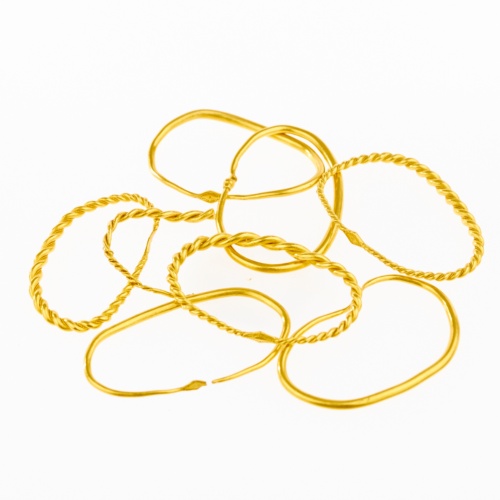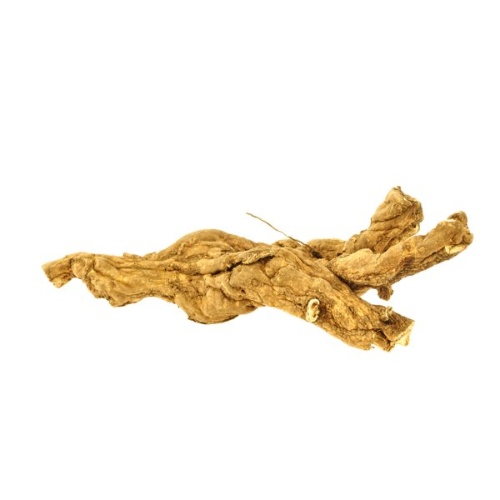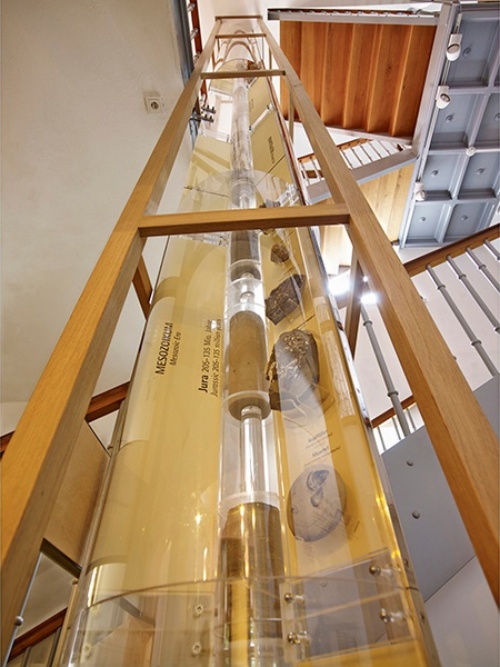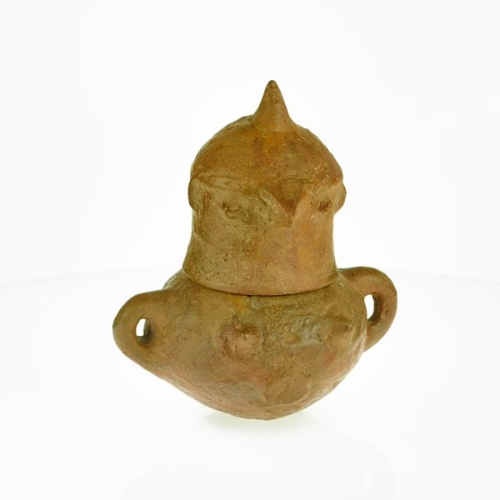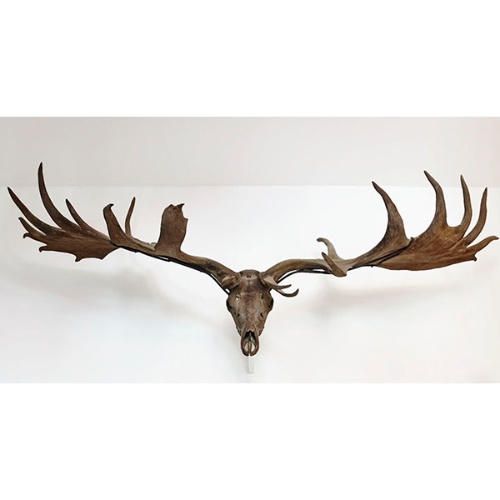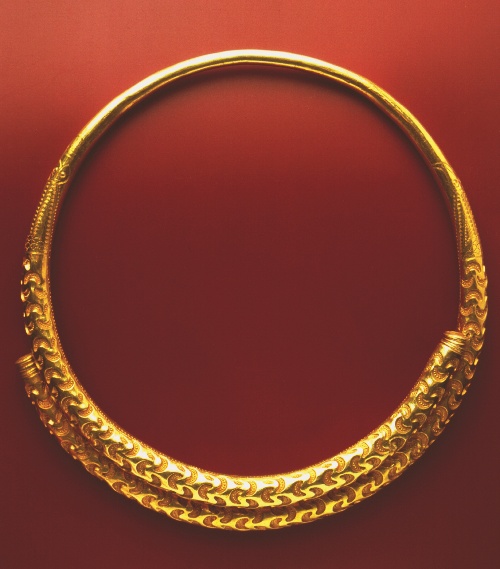The main result for Mecklenburg of the ice or glacial periods around 18 000 B.C. was the “Inner Baltic main terminal moraine” from Wismar to Waren and Woldegk.
Germanic Langobards, Warini and Semnones left behind megalithic tombs. Later Slavic clans ran arable farms and kept livestock in cleared settlements from the 7th century. They operated multi-field farms, used wooden scratch ploughs and traded with Scandinavia. They lived in rural family communities and worshipped various gods in cultic centres. The dead were buried in inhumation graves together with grave furniture. Hill forts were the centres of the Obotrites in the west and the Lutici in the east. Nakon was the most powerful Slavic ruler in the 10th century.
Henry the Lion, the Saxon duke, conquered the region from 1142, defeated the Obotrites in 1164 and founded the county of Schwerin. He gave Pribislav, the Slavic ruler, large parts of the state as a fiefdom. Immigrants from Lower Saxony, Westphalia and Lower Rhine and Flemish regions built villages. The cart and soil turning ploughs were an important innovation
